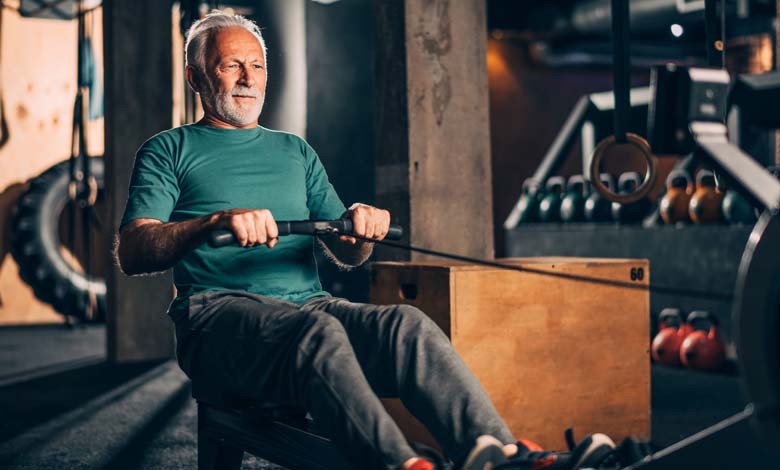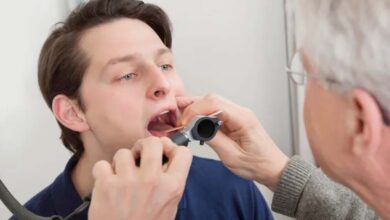Physical Exercise: An Effective Means to Improve Sleep in Older Adults

Sleep is a vital biological function that allows both the body and the mind to regenerate. However, with age, obtaining restful sleep becomes more challenging. Older adults are particularly vulnerable to disturbances such as insomnia, frequent nighttime awakenings, or reduced deep sleep. These difficulties not only undermine daily well-being but also affect overall health, increasing the risk of cardiovascular, metabolic, and neurodegenerative diseases. In response to these challenges, researchers increasingly emphasize physical exercise as a natural and effective method for improving sleep quality.
-
Exercise and Physical Activity: Benefits and Recommendations for a Healthy Lifestyle
-
The Protective Role of Exercise: How Regular Jogging Significantly Reduces the Risk of Colorectal Cancer
Recent clinical studies have demonstrated that regular physical activity helps regulate the circadian rhythm, promotes relaxation, and increases both the duration and depth of sleep. Engaging in moderate exercises such as walking, swimming, yoga, or tai chi has been shown to reduce the time needed to fall asleep and to extend periods of deep sleep. This is particularly beneficial for seniors, whose circadian rhythms tend to become disrupted with age, leading to early awakenings or chronic insomnia.
The impact of physical exercise on sleep can be explained through several mechanisms. Firstly, physical activity stimulates the release of endorphins and helps regulate cortisol, the stress hormone, thereby facilitating sleep onset. Secondly, it increases energy expenditure, creating a stronger physiological need for rest. In addition, exercise reduces anxiety and depression, two major factors contributing to sleep disorders among older adults. Finally, regular physical activity improves blood circulation and oxygen supply to the brain, which enhances the quality of deep sleep phases.
Beyond sleep benefits, physical exercise offers seniors numerous additional advantages. It improves joint mobility, reduces chronic pain, prevents muscle loss, and lowers the risk of falls. It also stimulates cognitive functions and slows down age-related decline. This virtuous cycle between physical activity, better sleep quality, and overall health represents an effective preventive strategy against the challenges of aging.
Specialists recommend that even moderate, consistent exercise can produce meaningful improvements. Intense efforts are not required: thirty minutes of walking per day, three to five times per week, or gentle activities such as stretching and yoga can significantly improve sleep quality. However, it is advised to avoid late-night exercise sessions, as physical stimulation too close to bedtime may delay sleep onset.
On a societal level, these findings suggest the importance of integrating physical activity into public health programs targeting older adults. Retirement homes, care centers, and community associations could promote adapted physical activities that encourage both social interaction and improved well-being. The role of caregivers and family members is equally essential, as they can support and motivate seniors in maintaining a safe and regular exercise routine.
In conclusion, physical exercise is a simple, natural, and effective tool to enhance sleep among older adults. By reducing insomnia, extending deep sleep phases, and supporting hormonal regulation, regular exercise contributes to preserving overall health and improving quality of life. In the context of global demographic aging, promoting physical activity as a preventive and therapeutic strategy for sleep disorders represents a key priority for public health.











